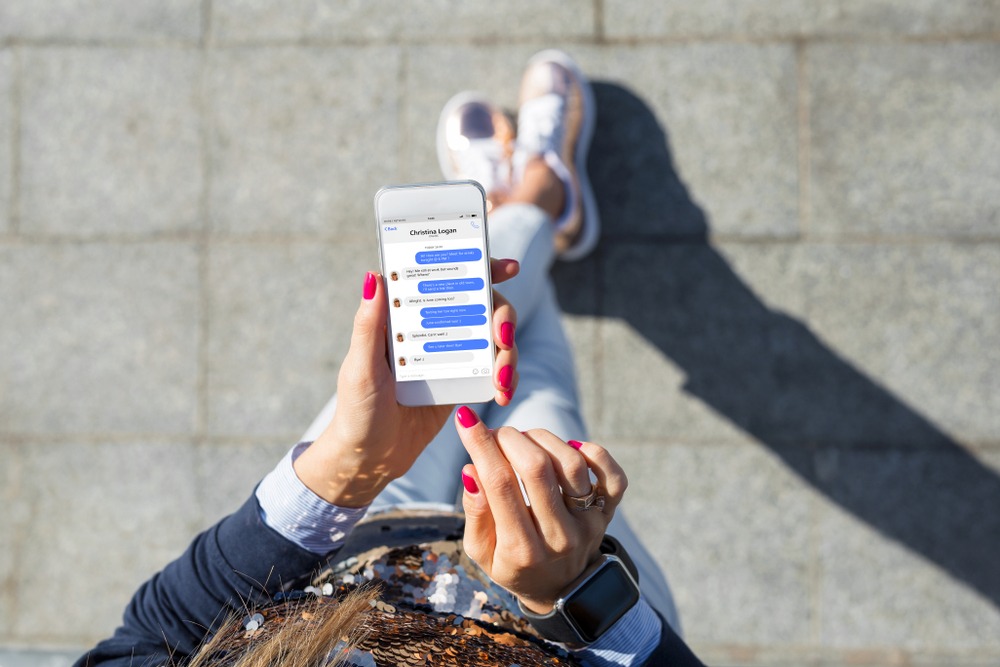
Living in the tech age, we create change with the click of a button. Trends go viral with one upload. We form opinions in response to one tweet. Brands need to identify how to adapt to the ever-changing social climate and how to keep the customer first.
Let’s think about some of the leading businesses today: Netflix, Uber, Spotify, and Amazon. These companies are not just tech disruptors. They’ve found ways to fill gaps that directly benefit the consumers.
Netflix realized that late fees were not sustainable, and that streaming was the future.
Uber capitalized on the limited access and high fares of taxis.
Spotify understood that people weren’t going to pay for separate albums and piracy would continue, so they created subscription-based streaming.
Amazon knew that strong customer service, seamless customer experience, and immediate delivery would lead to a loyal customer base—one that’s ripe for expansion.
These are all examples of businesses who decided to put the customer first. Today, they are some of the most successful in their respective verticals.
Facebook recently launched a study with AdWeek where they found 7 in 10 businesses think they are communicating effectively with consumers. However, when they asked consumers, only 2 in 10 agreed. There is a gap in the way brands are currently communicating with their consumers. And where there’s a gap, there’s an opportunity.
It’s time for brands to get creative and look at other outlets for communication, like messaging. Messaging is a great way to foster a direct, personal relationship with the individual consumer. Facebook says that 68% of people believe messaging is the most convenient way to connect with business and 69% of people feel more confident about brands they can direct message. Have you ever been to a brand site where the only way to contact them is through an info form? Two thumbs down. When it takes 3-4 business days to find out if a shirt size is in stock, something is terribly wrong. Messaging is quick, to the point, and personal. Brands should take advantage of it!
This year on Messenger alone,10,000,000,000 messages have been exchanged between businesses and consumers on a monthly basis. Messenger and chatbots are the future of customer communication. Investing in customer communication will also improve your sales. Facebook included a few case studies of how Messenger Chatbots have been helpful for brands.
Consumers who frequent Live Nation are usually concert lovers. One of the main issues with ticket purchases for concerts is that concerts sell out in under 10 minutes. Live Nation saw this customer pain point and decided to launch messenger alerts to remind their fans when tickets go on sale. They found that these messaged concerts had a 33% click-through rate and that 7% of people ended up making a purchase!
Acura found a way to interact and engage consumers through messenger. The company allows you to customize your dream 2018 TLX sedan from the color, interior, and technology— all through a BOT. Consumers can engage with the bot to find out more about the model and where you can take it for a test drive. Over 50% of people engaged with the bot to build the car and 93% took a lower funnel action, such as locating a dealer.
Lego:
Lego named their messenger bot, Ralph. He’s a bot who enhances the digital shopping experience. If you’re not a Lego fanatic, choosing from the hundreds of Lego products can be overwhelming. Ralph acts as a personal shopper and helps find the perfect gift for your kids. Lego Group found that Ralph provided them with a 1.9x higher purchase conversion and a 71% lower cost per purchase.
These are all examples of how brands were able to get creative and implement Messenger Bots to improve customer service and increase sales. Enticing right? But don’t just jump in. Take time to strategically think about how best to integrate messaging to positively impact your consumers.
Build Your Strategy – figure out what you are trying to accomplish, whether its brand education, selling products, or generating leads.
Find The Right Tech Partner – be cautious about using platforms that talk ‘to’ customers rather than ‘with’ them.
Think Conversation – make sure your conversation is impactful. Share content that is valuable, not spammy.
Remove Friction/Add Delight – where in your sales funnel can you make a difference for the consumer?
Integrate – figure out how you can tie in messaging with other marketing initiatives.
Measure, Test, Learn – constantly fine-tune your process to make sure you are optimizing for the best results. Track success against your KPIs.
Automated dialing systems and help support emails no longer suffice as only channels of communication with consumers, especially Millennials and Gen-Z. We need instant gratification. Direct Messaging, if done thoughtfully, offers a solution to bridge the generational gap in communication, while simultaneously alleviating customer pain points. Stay customer-centric. Get innovative, get creative, and get moving!
Need help developing a strategic approach to reaching new customers? Contact us today!